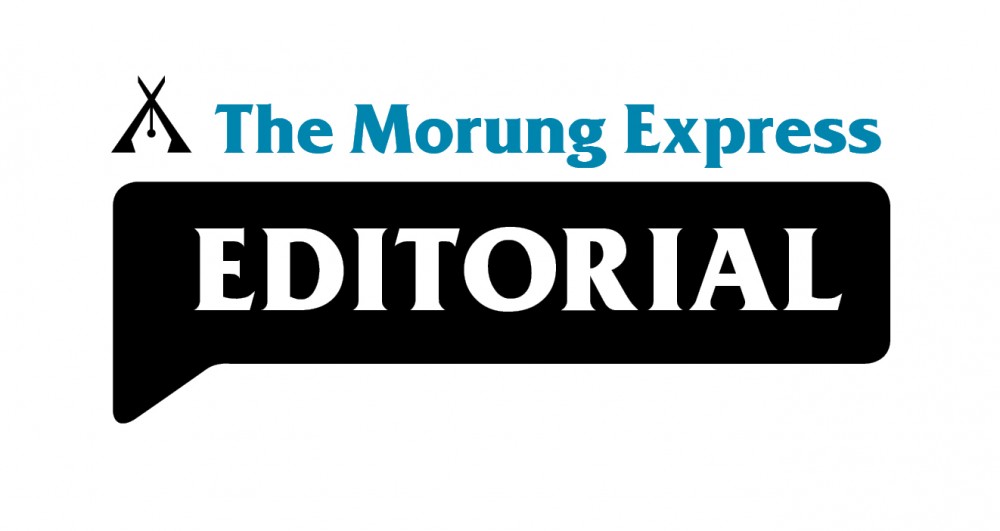
The United Nations General Assembly, in 2015, established 17 interconnected Sustainable Development Goals which were designed to be a “blueprint to achieve a better and more sustainable future for all.” These Global Goals, which are meant to end poverty, address inequality and injustice, and climate issues are intended to be achieved by 2030.
This editorial focuses on Goal 16, which is: “Peace and Justice Strong Institutions – Promote peaceful and inclusive societies for sustainable development, provide access to justice for all and build effective, accountable and inclusive institutions at all levels.”
Let’s revisit an old story which has been readapted and narrated by Deanna Zantingh, who worked with the First Nation peoples, Mishkeegogamang, which gives a perspective on the challenges therein. In a panel discussion “On Being Good Neighbors” she tells us:
An indigenous person is walking down the road between 2 reservations. Suddenly, the person’s journey is interrupted, and is robbed, stripped naked, land taken away, and left half dead.
A Government official comes along and throws money at the indigenous person and passes by on the other side of the road.
Likewise, a Preacher comes and on seeing the person says a prayer, but leaves the person there on the road and continues walking on.
Later, a Development worker comes by, and on seeing the indigenous person tries to paint the face white, but gives up and leaves only after extracting a bag of resources from the indigenous person’s land.
And then, a Corporate Worker comes and seeing that the indigenous person is already down and out, takes further advantage of the opportunity. The corporate worker floods the indigenous person’s field, damaging the traditional food sources, extracts mineral resources and carves out a huge piece of land for the corporation. Eventually, he passes by on the other side of the road with his pockets lined with money.
Later that day, a young Activist, seeking to be change maker, comes along and is moved with empathy. The activist treats the wounds, takes the indigenous person home until the person becomes whole again, and then partners with the indigenous person to identify the interruption that led to the robbery, dispossession of land, mineral resources, physical abuse and distortion of identity. All this is with the intention to find justice.
Do you identify with this story and the dilemmas it is posing? Are we like the Government that reacts with short term measures? Or are we like the preacher who avoids problems or the development worker that tries to paint away the problem, or the corporate worker who takes advantage to exploit the situation? Or, are we like the change maker that walks in solidarity with the people?
The question is, how do change processes begin in a broken and fragmented society where people don’t know each other, and are suspicious and too afraid to help each other? To better understand we need to explore what kind of relationships are being formed, and what are the underlying intentions and reasons for them.
The search for justice and peace eventually depends on how one engages with the fundamental core issues underneath these dilemmas, and, more importantly, what is our standing point? What kind of relations are we cultivating? Are we building relationships of dependency, of domination, fear, and injustice? Or, are we building relations that nurture and cultivate right relationships based on dignity and respect, which are at the core of true human development, transformation that are regenerative and sustainable.
To create peaceful and inclusive societies for sustainable development and justice for all, we need to know each other. Knowing our stories help know ourselves and each other more deeply. There is strength and determination in knowing who you are, and holding each other in mutual respect which supports the affirmation and praxis of our basic belief in fundamental human rights, in the dignity and worth of the human person, in the equal rights of men and women so that their determinations prevent succeeding generations from the plague of war.
Goal 16 is the fulcrum towards achieving the Sustainable Development Goals.
Today, each one of us is being challenged to dream new dreams and to create a shared imagination of a JustPeace. What does this mean? JustPeace refers to a vision in which sustainable peace is present with justice. This vision emerges when all forms of injustices that destroy human dignity are addressed and overcome through genuinely inclusive, fair and nonviolent means. JustPeace requires transforming unjust systems, as well as building new paradigms where all beings can determine their own futures to live in harmony. These ensure that we become fully human.






